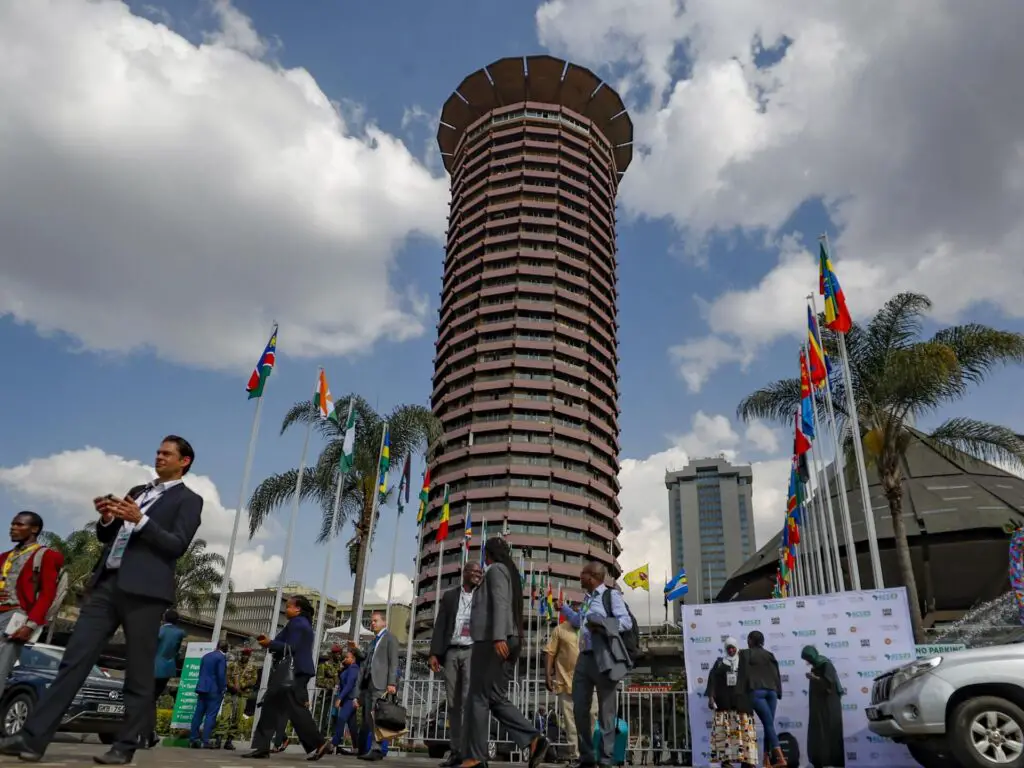- With the cost of living ranking done in terms of countries’ major cities, Kenya’s Nairobi has been ranked position 141 out of 173 cities surveyed globally.
- For the ninth time in the previous eleven years, Singapore continued to hold the top spot in the rankings as the most expensive city in the world.
- Kenya’s inflation for the month of December slightly eased to 6.6 percent, down from 6.8 percent in November.
Kenya’s ranking in the cost of living improved in 2023, a result of the country’s decreased cost of living in the 12 months leading up to September, as indicated in the latest report from the International Research Unit, Economic Intelligence.
During this period, Kenya fell 33 places in the rankings of countries surveyed on the world’s cost of living, with Nairobi securing the 141st position out of 173 cities surveyed globally.
According to Economic Intelligence, this suggests that the overall costs for goods and services were lower for the 12 months to September 2023 than they were in the same period in 2022.
Kenya’s cost of living
The report attributes the ease in the cost of living primarily to the slowdown in inflation, a consequence of economies recovering from the impact of the Covid-19 pandemic.
Data from the Kenya National Bureau of Statistics reveals that Kenya’s inflation for the month of December slightly eased to 6.6 percent, down from 6.8 percent in November and the earlier highs of nine percent in the year.
However, the research body generally characterizes the inflation levels during the review period as modest, albeit with an upside risk.
“In 2024, we expect the lagged impact of interest-rate rises to slow down economic activity, and consequently, consumer demand, leading to a potential easing in commodity prices,” the report states.
The report does acknowledge, however, that there are still upside risks. A stronger-than-expected impact from El Niño and further escalation of the Israel-Hamas conflict could further elevate food prices.
“Regional disparities may also increase; while developed nations are almost reaching central bank targets of two percent of the Consumer Price Index (CPI), prices could continue to rise sharply in many developing markets.”
For the ninth time in the previous eleven years, Singapore retained the top spot in the rankings as the most expensive city in the world during the reviewed period. It shares this position with Zurich (Switzerland), which has returned to the top after three years.
Damascus: World’s cheapest city to live in
New York (US), which held the joint first position last year, moved down to the third position, tying with Geneva (Switzerland). According to the report, “The world’s cheapest city is still Damascus (Syria).”
The Worldwide cost of living survey comprehensively compares more than 400 individual prices across over 200 products and services in 173 cities.
Data collected between August and September last year reveals that prices rose by an average of 7.4 per cent in local currency terms over the past year in the world’s major cities.
The report notes, “This is slightly slower than the 8.1 percent price growth recorded in 2022, as supply-chain disruptions have eased and interest rates have risen, but it remains significantly above the trend in 2017-21.”
Utility prices, including household energy and water bills, witnessed the slowest inflation at 5.7 per cent among the ten categories of goods and services included in our survey. This suggests a moderation in the energy price shocks caused by Russia’s invasion of Ukraine.
Read also: Inflation and energy costs curtail Kenya’s private sector growth
Global weather events impact on inflation
Contrastingly, grocery and transport prices continued to surge, registering an increase of over 8 per cent in the latest survey. The rise in transport prices reflects a strong recovery in demand as post-pandemic travel returned to normal.
Meanwhile, inflation in grocery items has been particularly persistent, with many food manufacturers and retailers passing on higher costs to their customers.
The EIU’s commodity index for food, feedstuffs, and beverages, despite a year-on-year fall, remains over 50 per cent higher for 2023 than it was in 2019. This is attributed to the challenges in shipping grains and other foods out of Ukraine and Russia, as well as global weather events affecting harvests.
The report notes that the El Niño phenomenon, a periodic weather system that can lead to extreme weather events, could add to these pressures in 2024.











